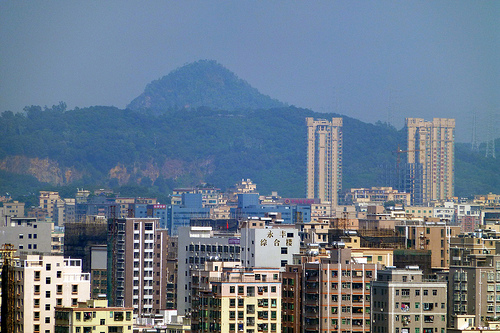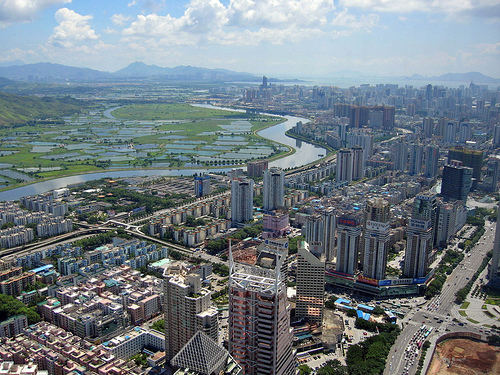China’s Bullet Trains and Mega City Quality of Life
+ Matthew Kahn
PNAS just published a new paper of mine on bullet trains in China. This work is joint with Tsinghua’s Siqi Zheng. Below, I reproduce our abstract:
Megacity growth in the developing world is fueled by a desire to access their large local labor markets. Growing megacities suffer from high levels of traffic congestion and pollution, which degrade local quality of life. Transportation technology that allows individuals to access the megacity without living within its boundaries offers potentially large social benefits, because individuals can enjoy the benefits of urban agglomeration while not paying megacity real estate rents and suffering from the city’s social costs. This paper presents evidence supporting the claim that China’s bullet trains are playing this role. The bullet train is regarded as one of the most significant technological breakthroughs in passenger transportation developed in the second half of the 20th century. Starting in 2007, China has introduced several new bullet trains that connect megacities such as Beijing, Shanghai, and Guangzhou with nearby cities. Through facilitating market integration, bullet trains will stimulate the development of second- and third-tier cities. By offering households and firms a larger menu of location alternatives, bullet trains help to protect the quality of life of the growing urban population. We document that this transport innovation is associated with rising real estate prices in the nearby secondary cities.
Cross-posted with modifications from Environmental and Urban Economics.


